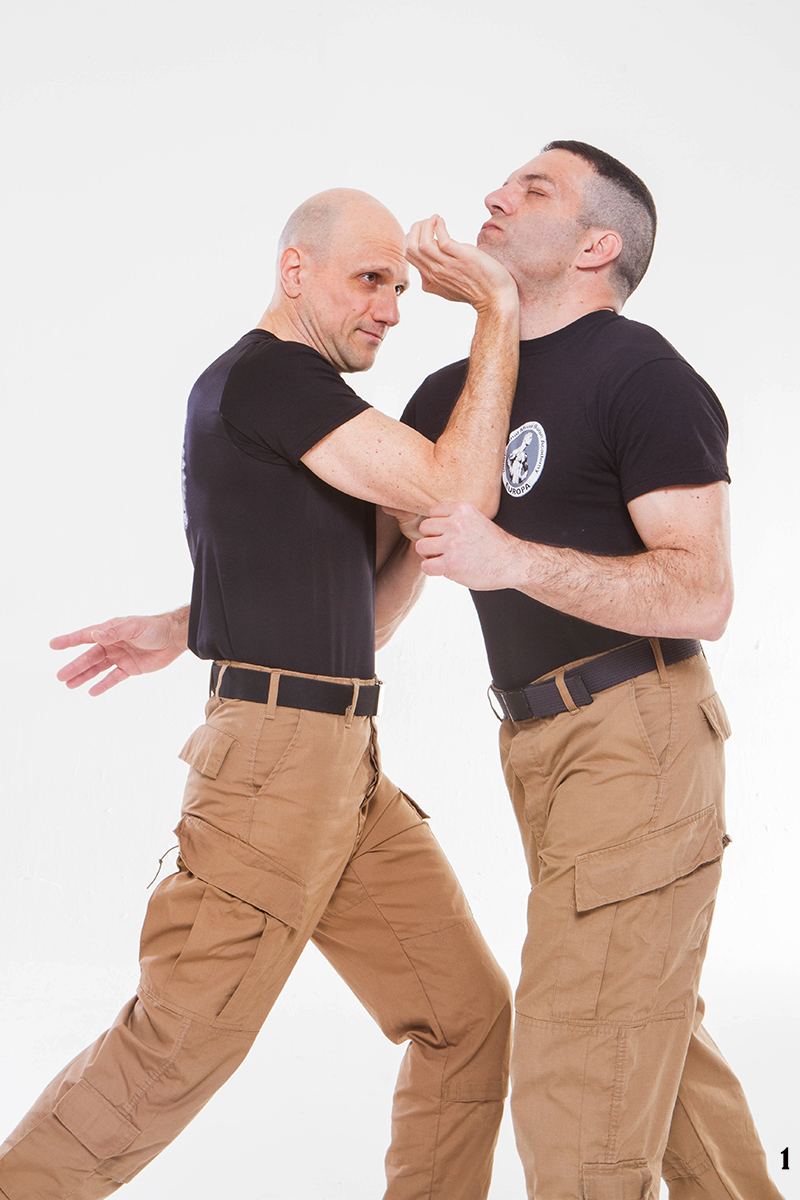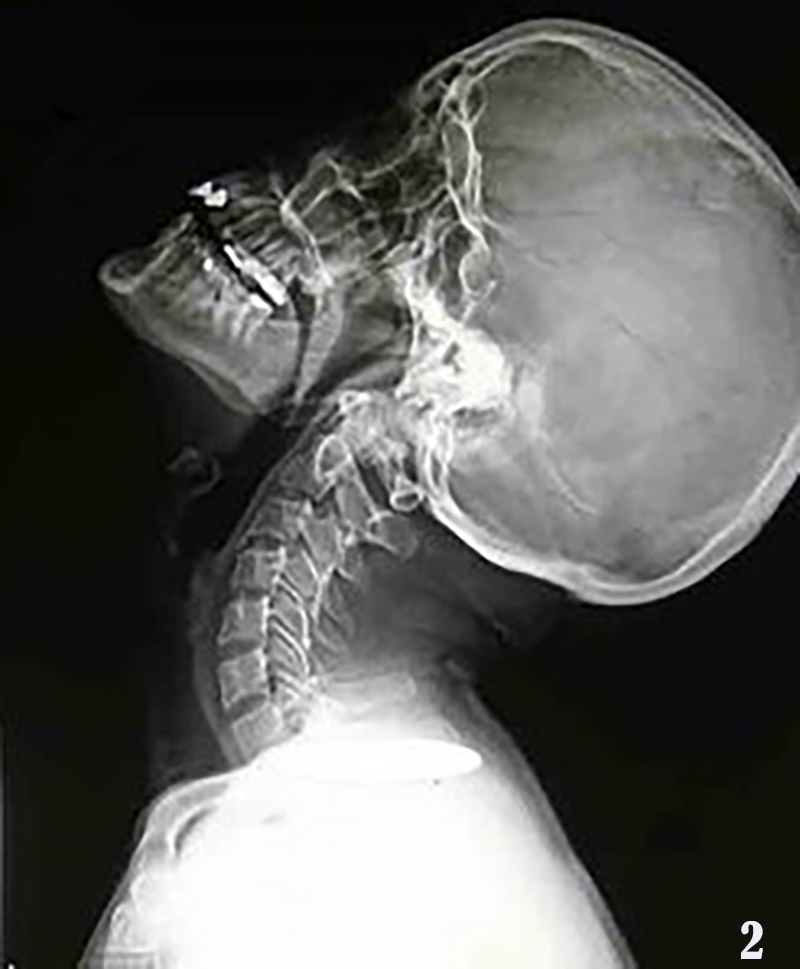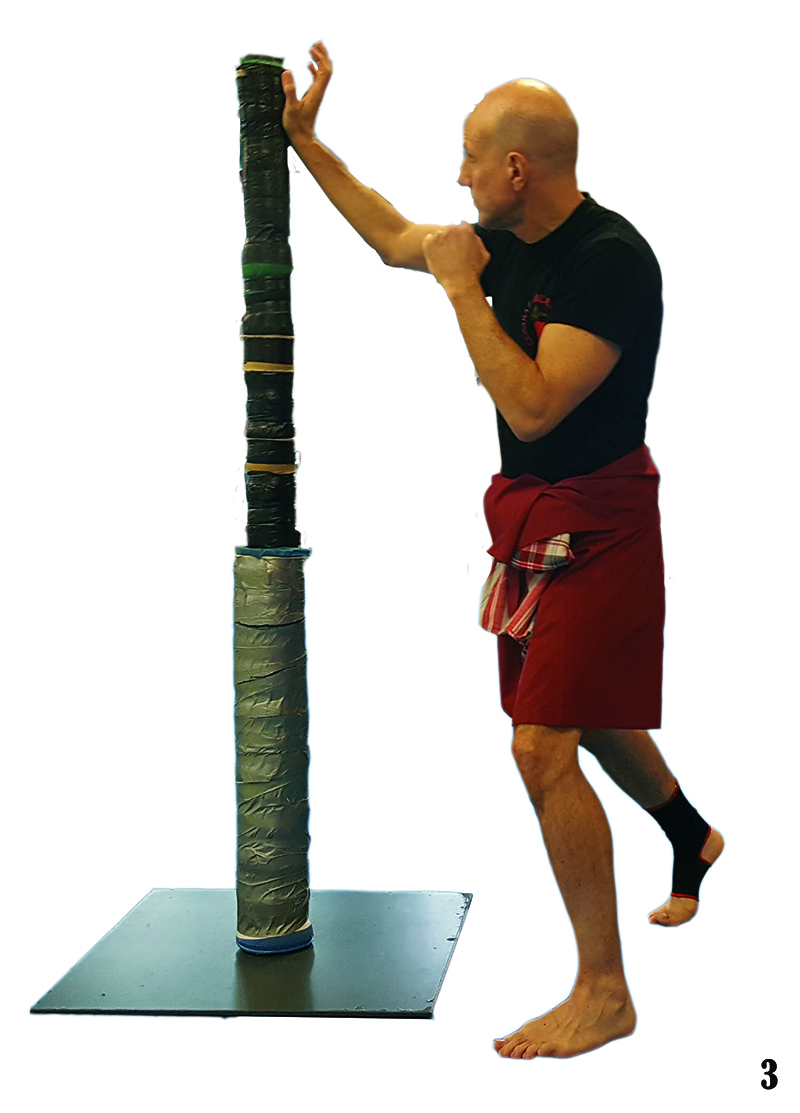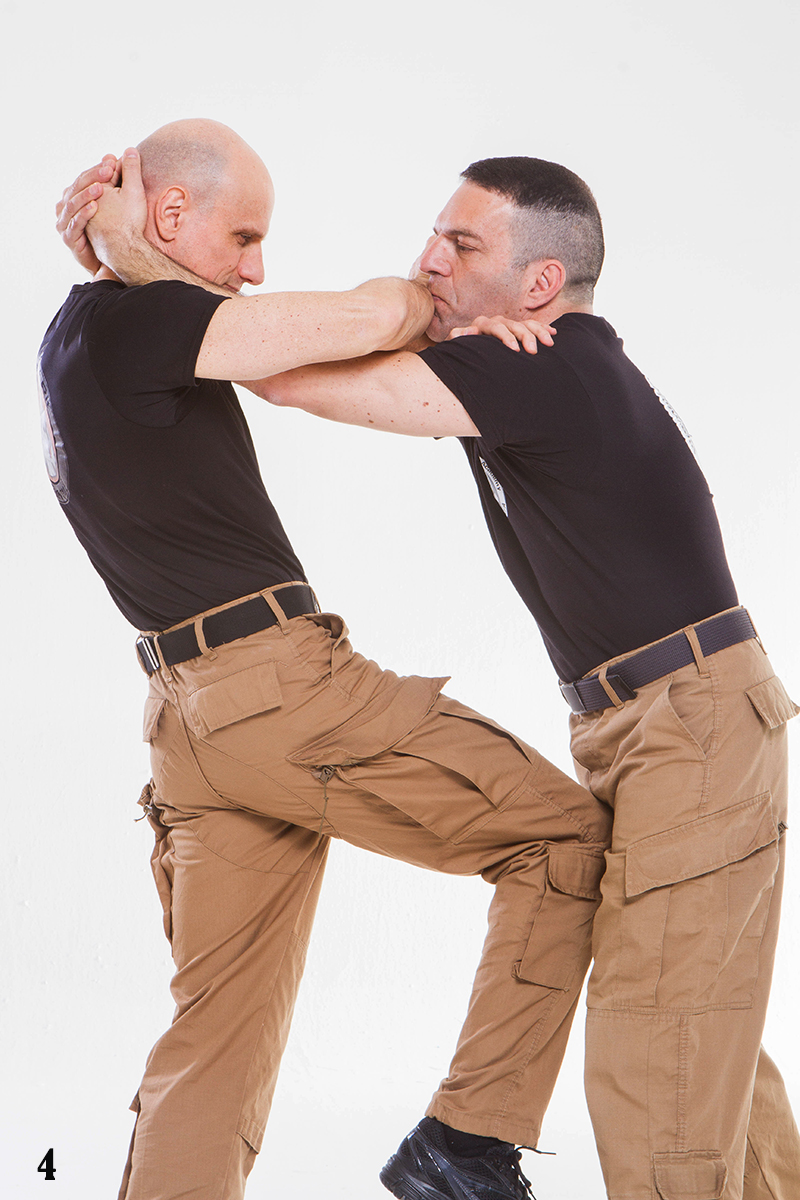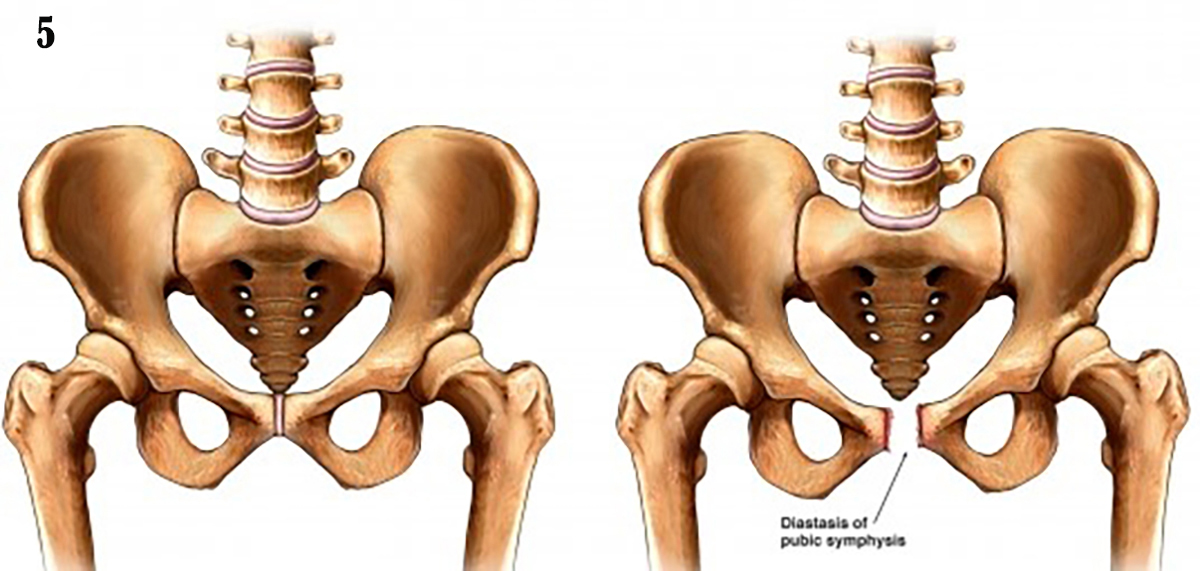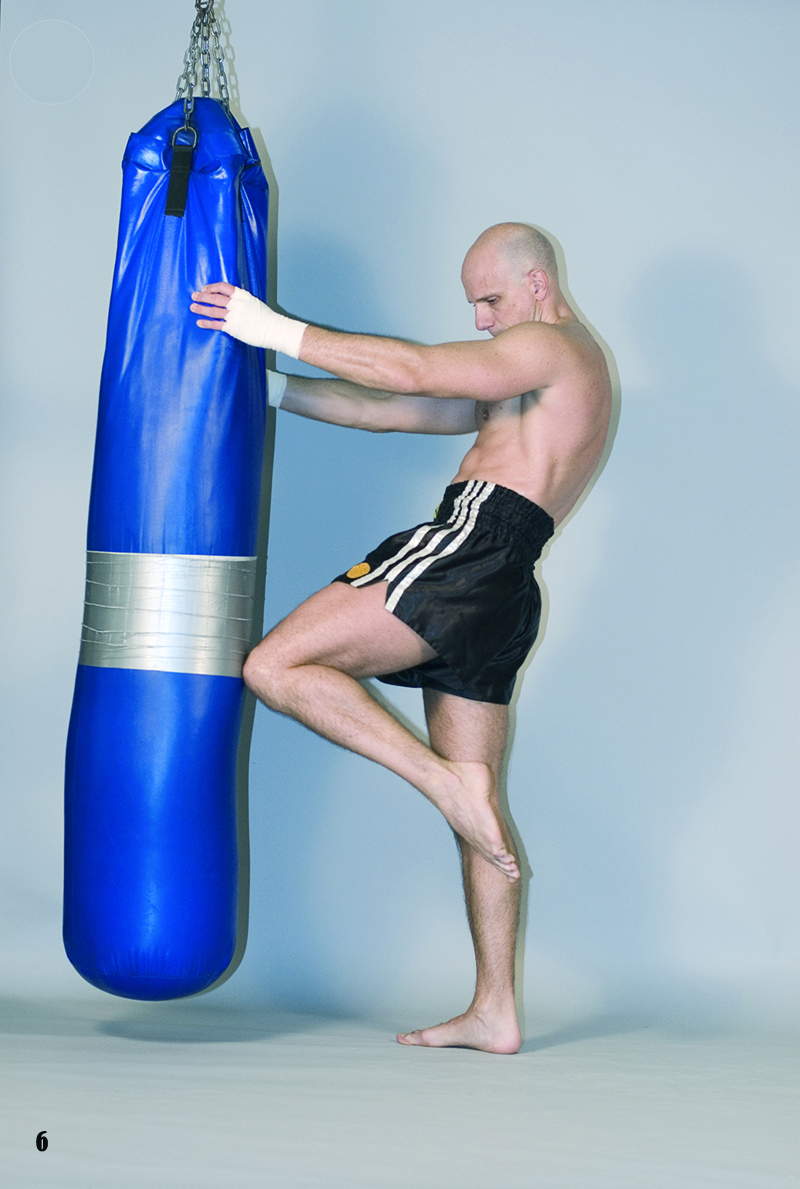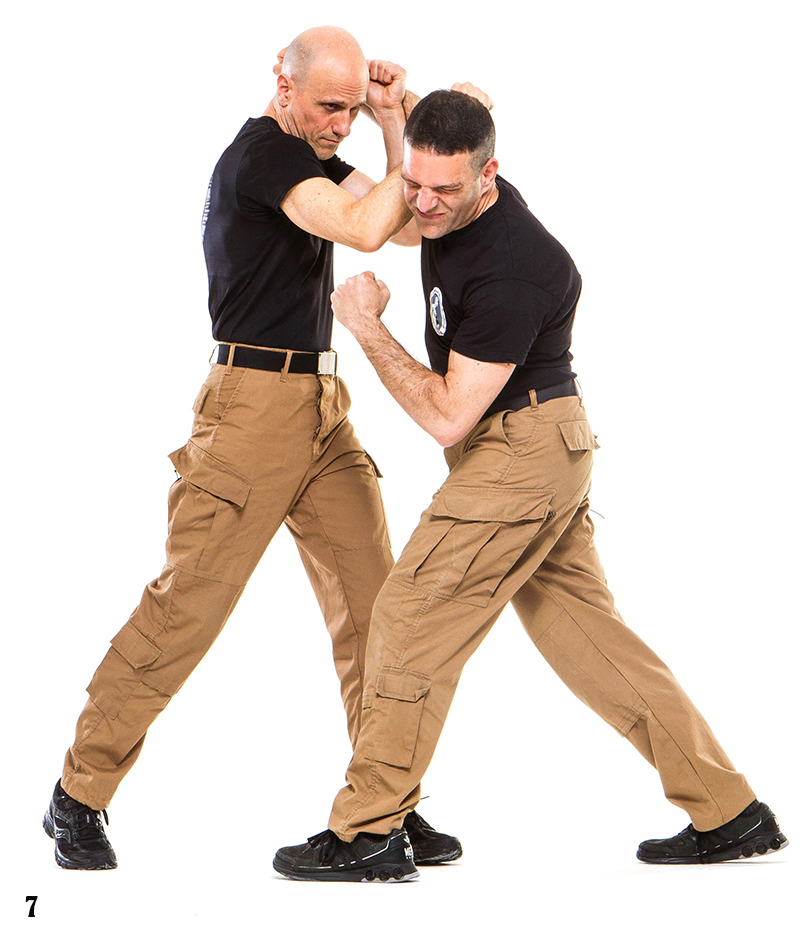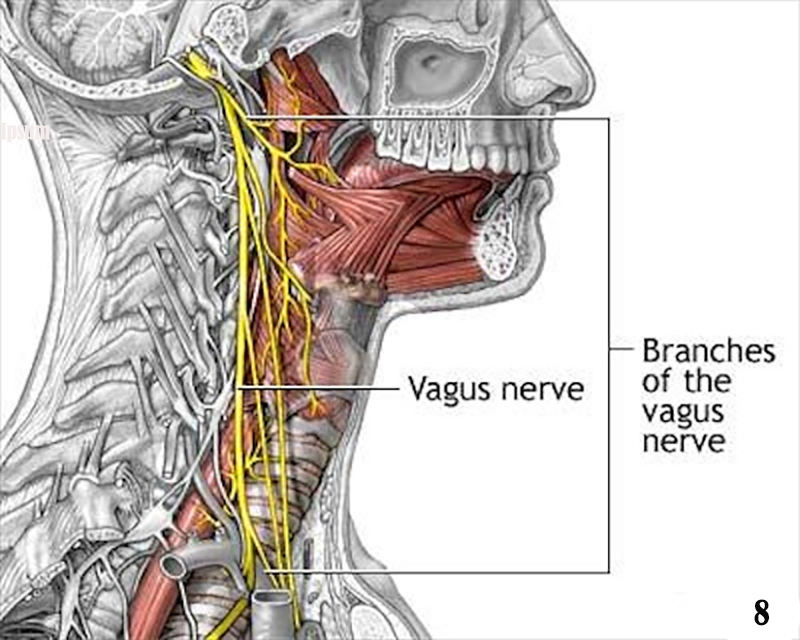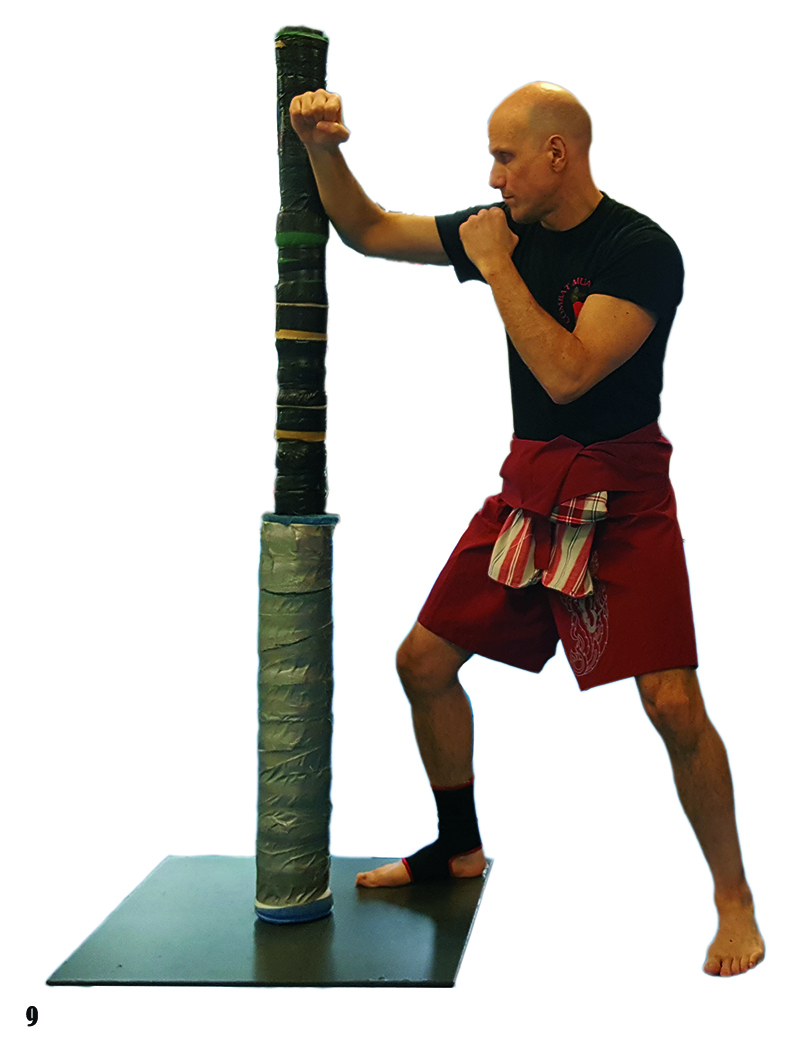
IMBA Lert Rit’s 3 fatal attacks
Siamese Kings’ safety in Ayuddhaya Era was guaranteed by selected groups of soldiers with a sound Muay background. Those strong combatants were commonly called Thanai Luak or Elite Servants and were specifically trained by senior soldiers belonging to the Royal Guard. Their role in defending the King and the Ayuddhaya throne was crucial for the safety of the ancient Siamese Kingdom. In order to accomplish their important task, Thanai Luak soldiers had to be trained specifically in hand to hand combat: in fact, a strict rule prohibited to carry any weapon inside the Royal Palace. Therefore, a Royal guard had to be highly skilled in subduing and often dispatching a would-be aggressor in a blink of an eye. Every elite guardian had to be skilled in specific techniques that, if properly applied, ensured a quick and definitive victory. Modern Muay Lert Rit stylists consider ancient Siamese Elite Soldiers as their “ancestors”: the aggressive defense strategies employed by those close combat specialists are still today a splendid example of fighting efficiency. However, today’s practitioners’ needs are drastically different from those of Ayuddhaya’s Thanai Luak. A modern martial artist may not be interested in protecting a Royal family’s member; nevertheless, being skilled in a few simple and extremely effective barehanded techniques is very useful for today’s Muay Thai practitioners as it was in ancient times. IMBA Muay Lert Rit curriculum is very rich in fighting principles and techniques: among the many combat strategies that a Lert Rit stylist ought to learn and practice on a regular basis, 3 powerful techniques represent a quick way to building a strong close combat background in a relatively short time. These 3 techniques are named in ancient thai jargon: Kamae Kham Sao, Tang Naka and Fad Son Kaen. Each one of those techniques applies one of the fundamental Energy Principles upon which the whole fighting Art of IMBA Lert Rit is built. Each one of those techniques employs a naturally strong body weapon that can be used to unleash powerful blows without any risks for the safety of the fighter (i.e., broken bones, sprained joints). Each one of those techniques is structured to be applied according to the ancient precepts of Muay, against the opponent’s vital points. Even if these three fatal attacks can be learned and used by anyone, it is clear that rigorous training according to Muay Lert Rit’s general guidelines for a daily practice will drastically boost the effectiveness of the 3 maneuvers. Transforming one’ body into a weapon is the duty of every the Nak Muay Lert Rit (Lert Rit practitioner) worthy of this name: the execution of these attacks supported by a solid body structure and an explosive “battle energy” will make them extremely dangerous, even is the opponent is bigger and heavier. Let’s analyse the 3 Muay Lert Rit fatal attacks in detail.
1. Heel of the hand blow to the chin (image 1)
Thrust the heel of your hand upward along the opponent’s chest to strike him under the chin from below. This will result in a devastating strike, simple and, when executed from a very close distance, almost impossible for the opponent to see or parry. The hard heel of the hand is used for the initial strike, while the fingers will be used immediately after to gouge the eyes as a follow-up technique. Twisting the hips into the strike, add your weight to the impact of the blow. This uppercut palm strike drives the opponent’s head backward causing a whiplash type injury to the back of the neck. If the blow is very powerful it may also dislocate the opponent’s jaw. Because of the shock to the Medulla Oblongata (a long stem-like structure which makes up the lower part of the brainstem) by the action of the head being snapped back, this blow can render an opponent unconscious.
• Technical features of the heel of the hand blow to the chin
Body weapon: the heel of the hand. Flex the wrist by pulling the back of the hand towards the forearm: this will expose the base of the palm creating an extremely solid and compact impact surface.
Energy principle: the Volcano. Explosive upward surge aiming at the opponent, like an erupting volcano.
Vital point: the opponent’s chin (image 2). Alternative targets: base of the nose, eye sockets.
Extreme conditioning system (optional): the most suitable tool for extreme conditioning of the heel of the hand is the Iron Pole (image 3).
2. Knee strike to the groin (image 4)
When your opponent has managed to close the gap and forces you to fight from a very short distance (grappling range), you can swing your knee forcefully up aiming to strike the enemy’s groin from below. A blow to the testicles is extremely painful and cause immediate loss of strength. Common consequences of a penetrating blow to the testicles are difficulty in breathing and a strong inclination to vomit. Otherwise, from medium range you can thrust your hips powerfully forward and hit with the knee the opponent’s bladder or the pubic arch of the pelvis. in both cases pain and internal bleeding are the most common result. A strong knee blow to pelvis may damage the pubic symphysis (cartilage) causing a diastasis (separation) of the two halves of the pelvis , crippling the opponent (image 5).
• Technical features of the knee strike to the groin.
Body weapon: front part of the knee joint. By flexing the leg on the thigh, the front part of the knee joint becomes a sort of mace that can impact the target with devastating effectiveness.
Energy principle: Thrust the Spear. The forward thrust of the hips is comparable to a lunge with a sharp spear that penetrates the target deeply.
Vital point: the opponent’s groin. Possible targets: testicles, bladder, pubic symphysis.
Extreme conditioning system (optional): the best tool for extreme knee conditioning is the Heavy Bag (image 6).
3. Forearm blow to the side of the neck (image 7)
The side of the neck includes (among others) the carotid artery, the jugular vein and the vagus nerve, all of these are excellent practical self-defence targets. In particular, the vagus nerve is the best choice for diagonal downward blows by the ulnar bone (external forearm bone) or the outer edge of the hand. Accurate strikes to the carotid sinus area in the side of neck can cause the neck muscles to contract and stop the blood flow to the brain. A vagal faint (sudden loss of consciousness as a consequence of a blood pressure drop) is a common result of this kind of attack. In fact, the carotid sinus is a baroreceptor point, that is a blood pressure regulator, which, through the Vagus Nerve, controls the heartbeat. The reflection of the stroke on the carotid sinus is a reaction that immediately slows the heart-beat, following the perceived increase in pressure on the carotid artery. The consequence is a loss of consciousness with possible convulsions and in extremely serious cases even death.
• Technical features of the forearm blow to the side of the neck
Body weapon: ulnar side of the forearm. Alternatively, outside edge of the open hand or closed fist or point of the elbow.
Energy principle: the Sledgehammer. Strike diagonally downward using the forearm as if hitting with a large hammer.
Vital point: sides of the neck. Possible targets: the vagus nerve, the carotid artery, the jugular vein (image 8).
Extreme conditioning system (optional): the best tool for extreme conditioning of the ulnar bone is the Iron Pole (image 9).


